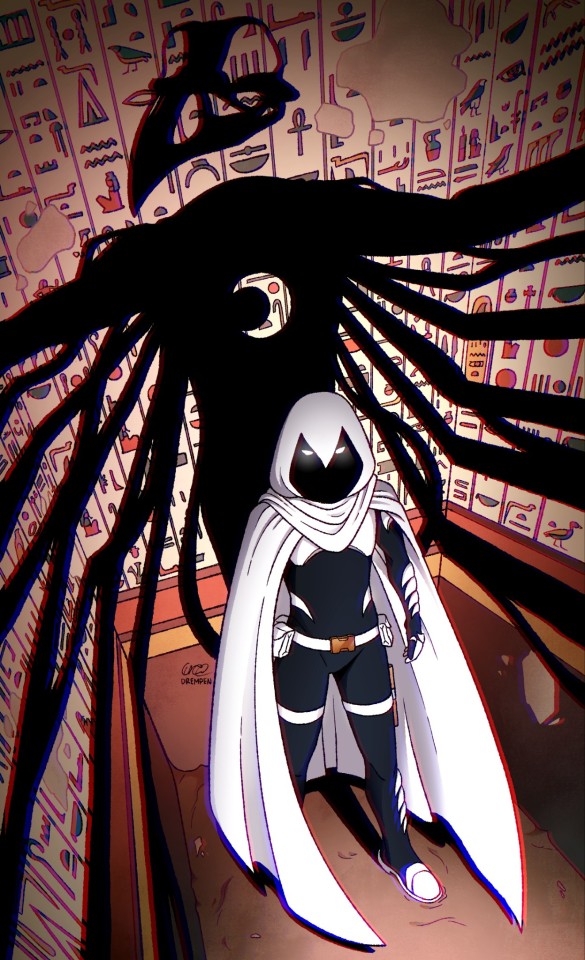The blog of a british, twenty something, christian, psychology graduate who has been obsessed with Ancient Egypt/Egyptology since she was 11...
Don't wanna be here? Send us removal request.
Photo




The lid of the outer coffin was completely restored this morning. Lucas has made a good job of it.
Continued preparations in the tomb, but must wait until the necessary screw eyes have arrived from Cairo.
The Diary of Howard Carter, October 21st, 1925
(This outermost of his three coffins still rests inside his sarcophagus in his Tomb. The feet of it were hacked off in antiquity, to make it fit inside the sarcophagus, a trait shared by the tiny coffin of one of his and Ankhesenamun’s daughters. Along with the mummy of Tutankhamun, this outer coffin and sarcophagus are the only things that were left inside the Tomb after the excavation was finally over)
146 notes
·
View notes
Text
Sometimes baby girl is a 4,000 year old egyptian Pharaoh
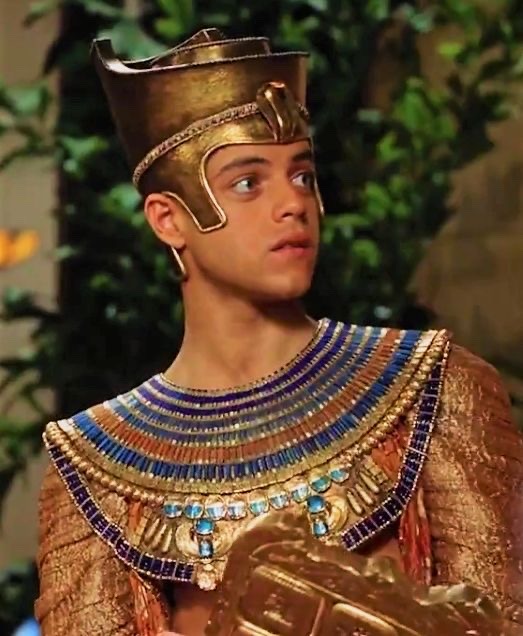
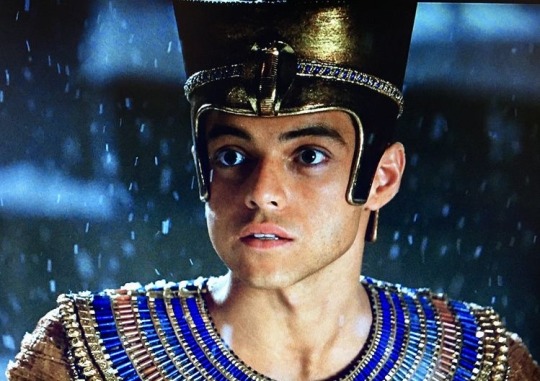
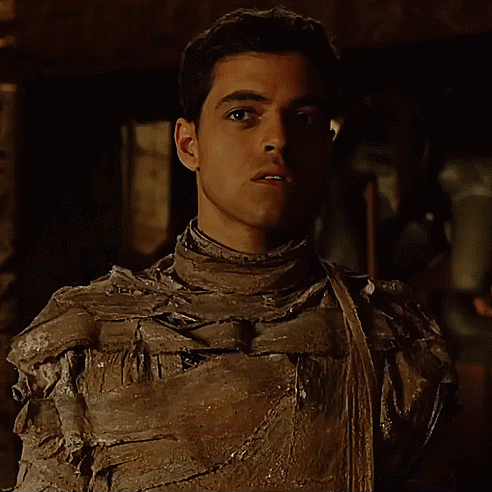
2K notes
·
View notes
Text
The Prince of Egypt Musical | Trailer | Live from London's West End
youtube
Off to watch this after work tonight. As a lover of the Dreamworks film, I'm very much looking forward to this
5 notes
·
View notes
Text
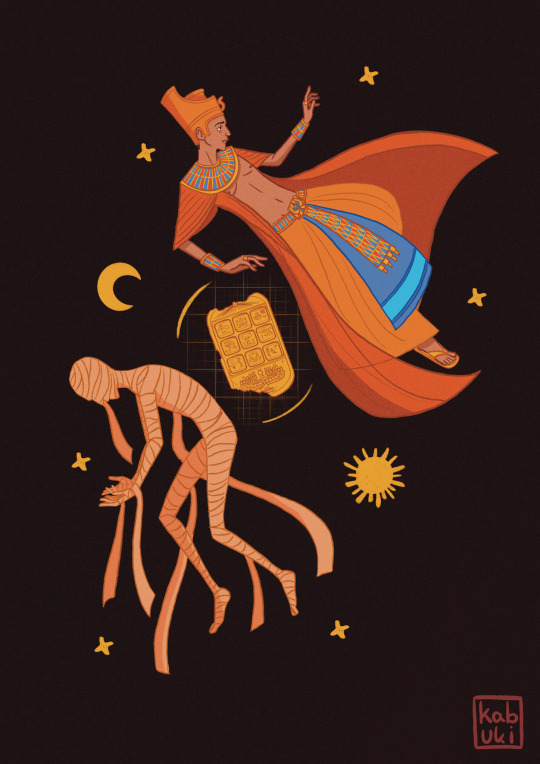
{Every Night... The Exhibits Come To Life}
So... as a history nerd the Night at the Museum movies always had a special place in my heart. In my quest to create a couple of print designs for my first shot as a convention artist I came back to this passion and especially to my dearest Ahkmenrah <3
1K notes
·
View notes
Text
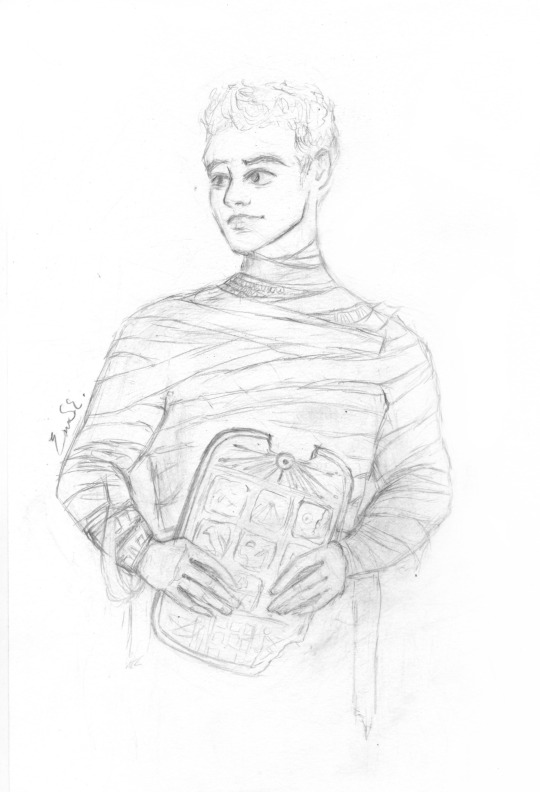


The best plot twist in cinematic history is when Ahkmenrah takes off the mummy wraps and instead of a scary decomposing corpse he's cute and sassy.
309 notes
·
View notes
Text
More of the other Egyptian gods and their avatars. But yes definitely more Layla, more of Steven nerding out/being an Egyptology nerd.
Moon Knight s2 wish list (part 1?)
Mercenary Marc flashbacks

2. Let these babies hug without being stuck in separate bodies or dying?? Idk, work it out marvel
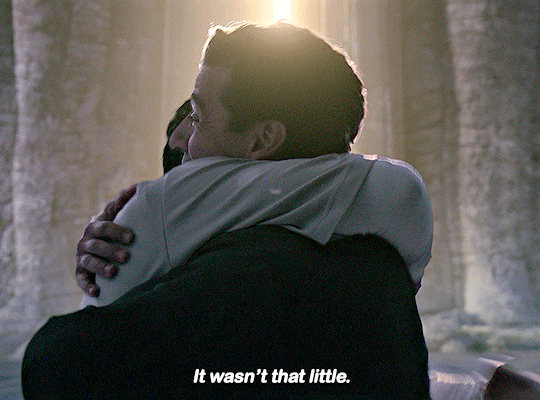
3. There is no s2 without Jake Lockley front and center. Or should I say co-front

4. If MarcLayla is a thing thing let these gorgeous people KISS

5. Speaking of Layla, MORE OF MY GIRL

6. catchphrases, please

7. I don't want them to be hurting, but Oscar gotta cry
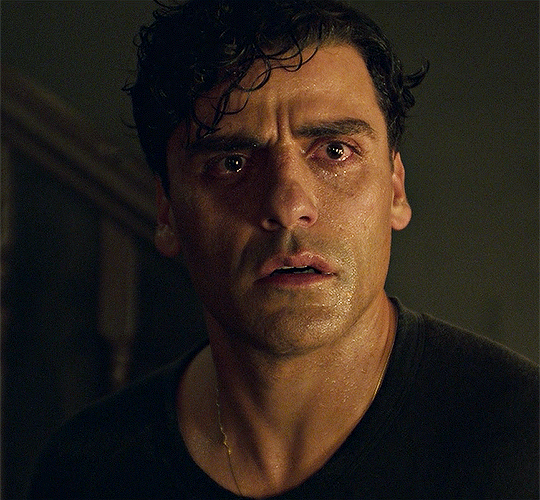
8. I will accept Marc manhandling anyone, friend or foe

9. Peeks into the headspace
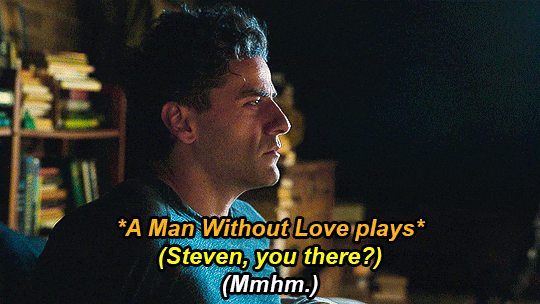
10. Find a way to bring back some of the scary element (even though we know about Marc and Khonshu now)

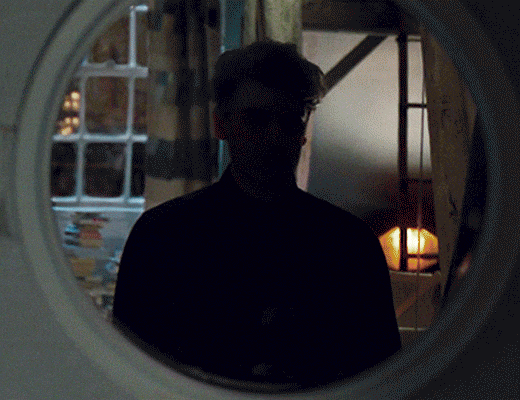
11. More fighting and action sequences that are stunt and practical effects driven. Oscar trained hard and has a great stunt team behind him, let them show off

What do you want to see?
654 notes
·
View notes
Photo

152 notes
·
View notes
Text
if there is ever a day where I don’t sob at the end of Night at the Museum: Secret of the Tomb, assume something is deeply wrong with me
163 notes
·
View notes
Text
Ahkmenrah’s first sentence in the film is a comedic joke about his situation.
The man has been wrapped up in bandages and screaming his head off every night for over fifty years and his first line? A joke.
“You wouldn’t believe how stuffy it is in there.”
He could’ve yelled. He could’ve pinned blame. He could’ve let out some anger. He could’ve done anything and it would have been warranted because he was trapped for over fifty years.
But he didn’t. He calmly made a joke and immediately started working with Larry to save the people who had kept him trapped for all those years.
Because he’s Ahkmenrah. And he is no less than a fair, just, and diplomatic ruler.
327 notes
·
View notes
Text
Bonus points if it's Bruno Mars: Treasure
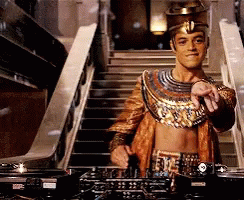
Imagine Ahkmenrah dedicating a song to you
Masterist
191 notes
·
View notes
Text
The Ahkmenrah brain rot is real😭
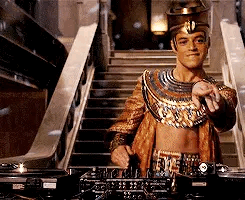
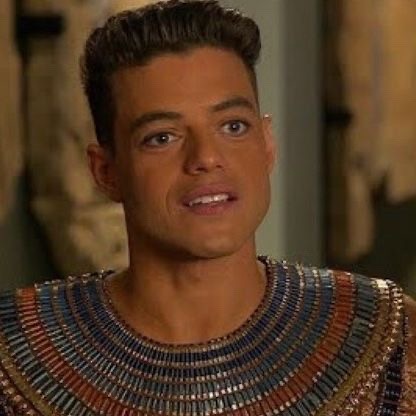
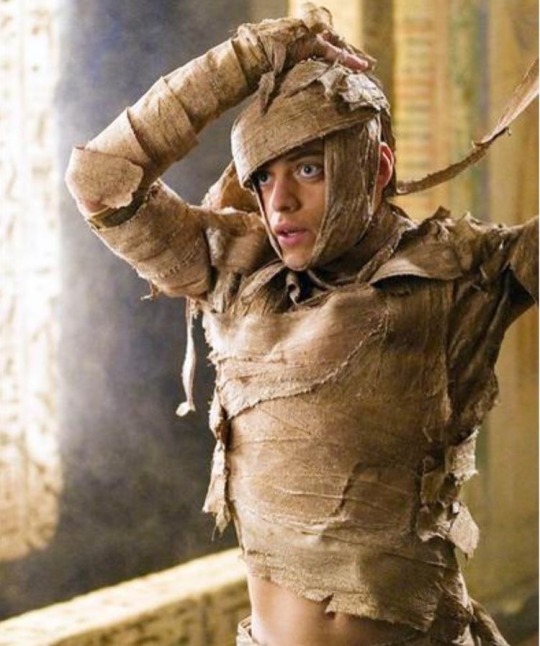


1K notes
·
View notes
Photo

Ahkmenrah Clothing Guide + Possible Dynasty Reign + Speculation about his name
(Disclaimer: This is just from my own personal research. I am in no means an expert on Ancient Egypt so I apologize for any gross errors made on my part. I just wanted to put this together for informative and fanfic purposes)
Sources: Deshret (x)–while Ahkmenrah would have most likely been ruler of all Egypt, it could be that his family was born in Lower Egypt and as deference to his ancestors they would have worn the Red Crown more often than the Pschent or Double Crown (I really have no idea I’m just guessing) Wesekh (x)–symbol of royalty and wealth, buried with the bearer Shendyt (x)(x)(x)–wrapped with accordion pleating and tucked under a belt tied in the front Shoulder cape (x)(x) Ahkmenrah image (x)
An interesting thing I found that could lead to identifying when Ahkmenrah ruled, was the note that:
During the Middle Kingdom, which prospered until around 1600 BC (the capital had moved from Memphis to Thebes), more material was used in the masculine skirt, making it longer–sometimes down to the ankles–and fuller. The men also wore elaborate and ornamental pendants which were attached to their belts.
Ahk’s shendyt fits that description perfectly, and do you know what’s so important about Thebes? It’s the main cult center for Khonsu, the god who granted power to the Tablet! So if we go with a possible reign during the Middle Kingdom, we’ve got the 11-14th Dynasty to work with.
Now, I know Ahkmenrah said “fourth king of the fourth kings” and Kahmunrah said “fifth king of Egypt” which makes it really hard to figure out a timeline, so I’m just going to take a guess and say they mean within a certain dynasty, which I’m going to take a stab at and call the 13th Dynasty, which was about c.1795-1650. (around 3,000-4,000 years ago)
In the book “Egypt: Gods, Myths, and Religion” by Lucia Gahlin, it says that there were about 70 rulers during the 13th dynasty, so Ahkmenrah’s family could easily slip in there without altering history too much.
UNNECESSARY NERDY DISCUSSION
In Lucia Gahlin’s book, it also brings up the concept of spirit and soul in Ancient Egypt. There is no direct word for a soul, but they use the words ka, ba, and akh to describe different parts of a soul and their relation to each other. Ka is loosely translated to be “spirit” or “vital force” and more of a physical representation or the body. Ba deals with personality, moral essence, and let a person move about in the Afterlife. Akh is like the union of the two, and “is sometimes translated as ‘transfigured spirit’. Those who failed to achieve this transfiguration were condemned to eternal death.”
Sooo, if you notice we have Kahmunrah and Ahkmenrah, and given their personalities I believe that to be more accurate, Ahk’s name should be spelled Akhmenrah. Kahmunrah seems to symbolize a more power driven aspect of a soul, whereas Ahkmenrah is more balanced and wise. I don’t think this is a coincidence, so my guess is the creators spelled Ahkmenrah the way they did so people would pronounce the name properly. If they used a more correct spelling, we’d use a harsh “Ack” instead of long “Ahk”. (I hope that made some sort of sense)
And no, I’m not suggesting we should all start spelling his name Akhmenrah because it would be too much work to fix it now. I just thought it was worth pointing out.
There you go! I hope that helps anyone who was curious about any of this. Hurray for history, right?
539 notes
·
View notes
Text
Ramses II's abounding love life:

Actually though…
48 notes
·
View notes
Photo
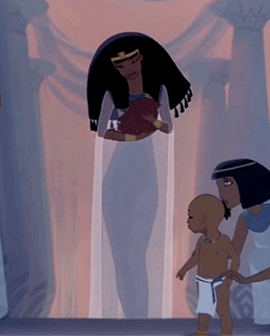
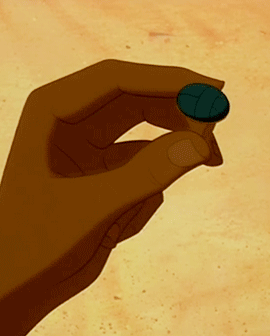
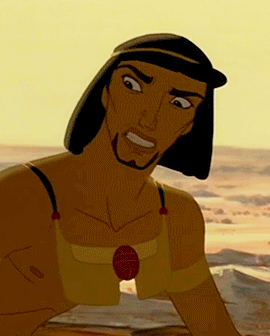
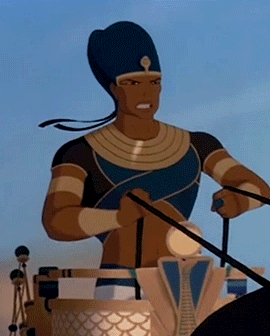
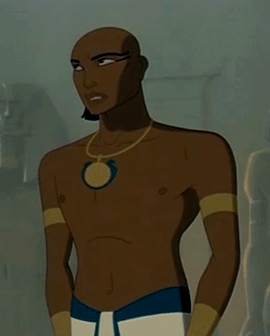
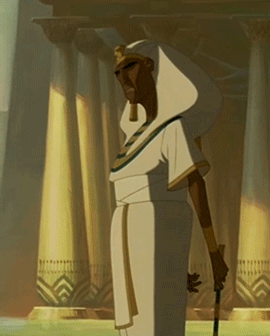
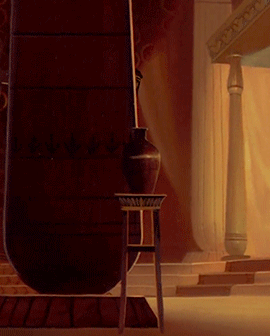
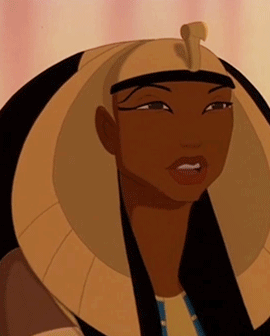
Ancient Egyptian costumes of The Prince of Egypt requested by anonymous
3K notes
·
View notes
Text
Moon knight poster #9 (english)
It represents the Judgment of Osiris.
The figure that is in the center of the scale is Anubis, protector of tombs, guide of souls and weigher of hearts; who would guide the spirit before the tribunal and would extract the heart of the deceased, which represented morality and conscience (that is why the Egyptians removed all the organs of the perished except the heart). The organ was weighed against the feather of Maat (symbol of justice and truth) on a scale to determine if the soul deserved to go to the "afterlife" or be devoured by Ammit. The tribunal consisted of 42 gods, who asked questions about past behavior and depending on the answer, the heart increased or decreased in weight. If the verdict was positive (the heart weighs less than the feather) the person would live forever in the fields of Aaru (paradise of Egyptian mythology). But if the verdict was negative (the heart weighs more than the feather) they were thrown to Ammit, a being also called "the devourer of the dead". This was called "second death", ending the immortal condition of the deceased, ceasing to exist for the history of Egypt.

17 notes
·
View notes

